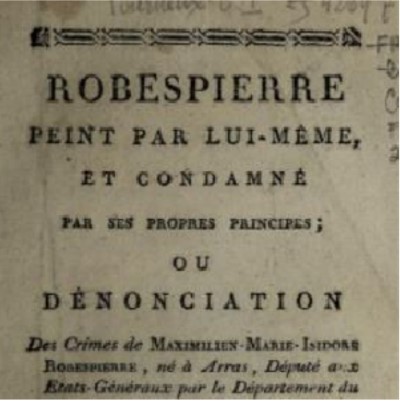Politics

Newberry Library French Pamphlet Collection
Its thousands of documents provide users the opportunity to explore a critical period of French history and its global implications in high resolution.
Digital Archive of Latin American and Caribbean Ephemera
The Digital Archive of Latin American and Caribbean Ephemera offers a valuable option for virtual research and exploration.Age of Revolutions
Two features are particularly valuable for students and teachers: the thematic bibliography section and the ‘Teaching Revolutions’ section.Horace, “Cleopatra Ode”
Given Horace’s position in Emperor Augustus’ court, it is not surprising that his description of Cleopatra is wholly negative. This text relies on “sourcing” and an understanding of the author’s bias and motivation for a proper reading.
Antony’s Meeting with Cleopatra from “Life of Antony”
Cleopatra’s claim to the Egyptian throne very much resided in her relationship and alliance with Caesar. Upon his death in the Senate, Cleopatra had lost her guarantor. Antony’s arrival in Egypt provided a second opportunity for her to secure her throne through a powerful alliance.
Cleopatra’s Meeting with Caesar
Cassius Dio’s history of the meeting between Cleopatra and Julius Caesar uses powerful word-choice to develop a characterization of the female Egyptian ruler. After Pompey’s assassination, Cleopatra immediately develops a scheme to ally with Caesar.
Short Teaching Module: Cleopatra, Gender, Beauty and Power in Egypt and Rome
Our most important early sources on Cleopatra are Roman histories, which are problematic in their reliability. Cleopatra held the status as the “enemy” for Romans, which created a bias among Roman authors. Moreover, Rome’s patriarchal culture influenced writers’ views of a powerful female ruler.

Studs Terkel Radio Archive
As stated on the tin, the Studs Terkel Radio Archive is dedicated to digitising and archiving the numerous radio programs that Louis “Studs” Terkel (1912-2008) made throughout his prolific career.
Crash Course World History
Crash Course World History is a perfect supplementary video overview for AP students, but it is too fast and jumpy to be the main source of learning for a class.